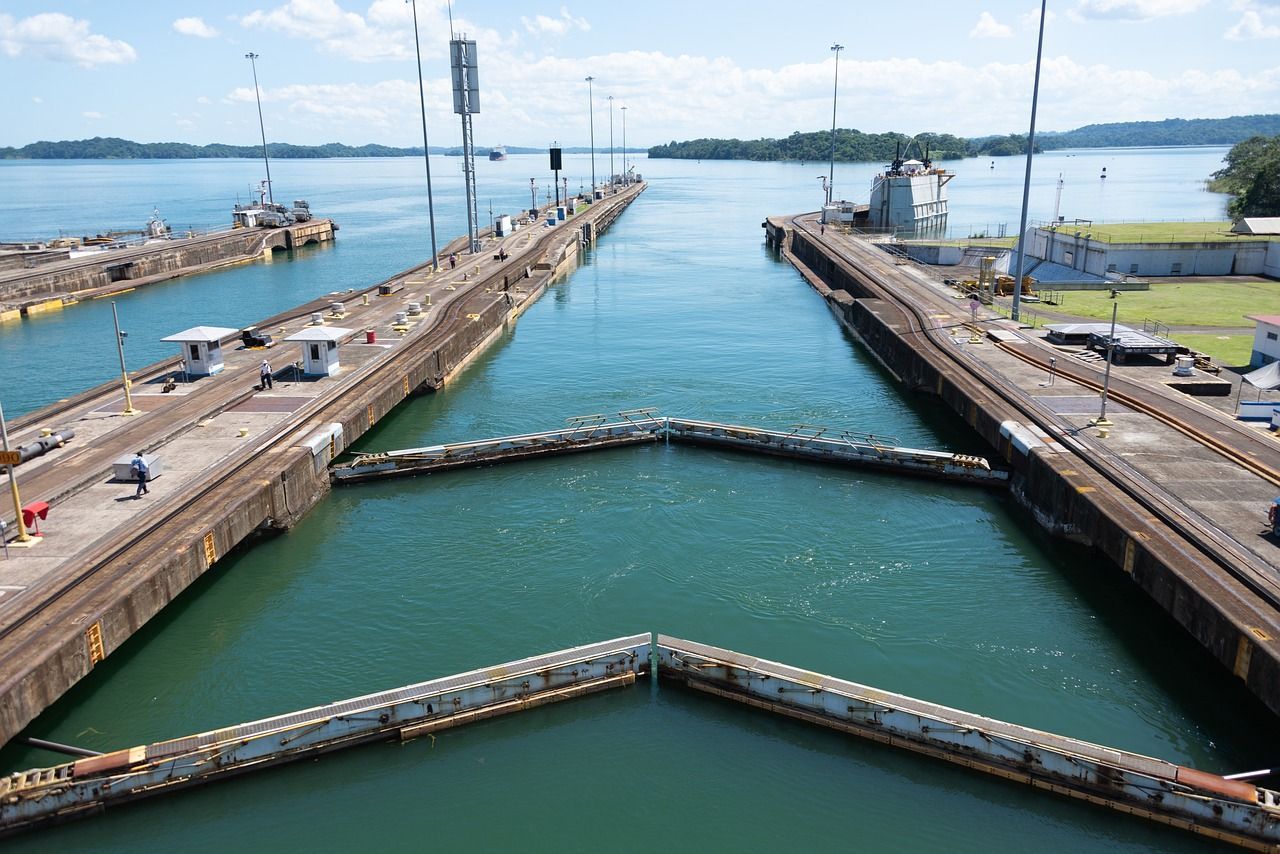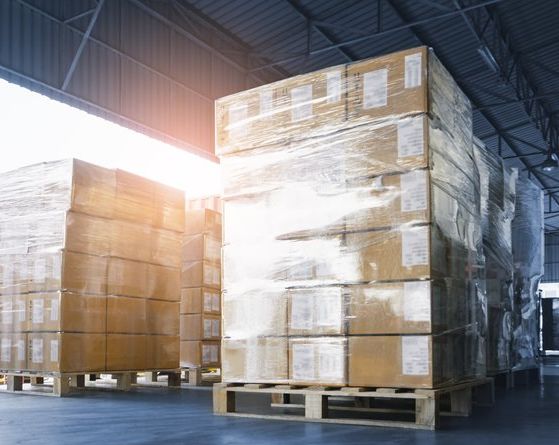Panama Canal Threatens 40% of Global Cargo Traffic
Panama Canal's Drought Impacts Cargo Ship Traffic
About two-thirds of the Panama Canal's traffic is directed towards the United States. With the Panama Canal responsible for 40% of the world's cargo ship traffic, many are concerned about the transportation impact of this severe drought.

The Panama Canal is a core linchpin connecting the Atlantic and Pacific Oceans. The Panama Canal is renowned for its ability to reduce shipping transit save and save shippers billions of dollars by offering cargo ships a shortcut around the tip of South America.
The Panama Canal depends on lakes whose levels are now "close to the minimum," said Boris Moreno, vice president of operations for the canal. Panama has had an unprecedented dry season, leading to a sharp decline in water levels within the canal, which relies on fresh water to operate. The Panama Canal's daily operations have since been disrupted, with the number of vessels passing through each day reduced dropping by 11%, from 36 to 32. While 11% may sound modest, this has caused transit delays while increasing traffic congestion at sea.
Some ships are forced to carry up to 40% less cargo to avoid hitting the bottom in low water levels.
Moving ships through the canal's system of locks consumes vast amounts of fresh water, ranging from 55 to 125 million gallons per ship, depending on its size. That water typically gets flushed into the ocean, and the Panama Canal Authority is now employing methods to store and reuse some of the water to address the crisis.
Antonio Dominguez, managing director for shipping giant Maersk, the largest single user of the canal, said he worries that prolonged drought could lead to delays and increased costs for shipping, potentially affecting Christmas merchandise and other consumer goods and making things "more expensive."
TLI Insights
Get the latest logistics insights and tips from Translogistics’ award-winning team. Stay ahead in transportation planning.
Questions? Email us at marketing@tli.email



